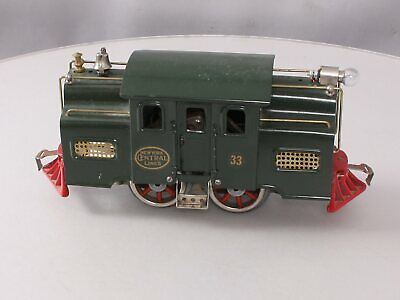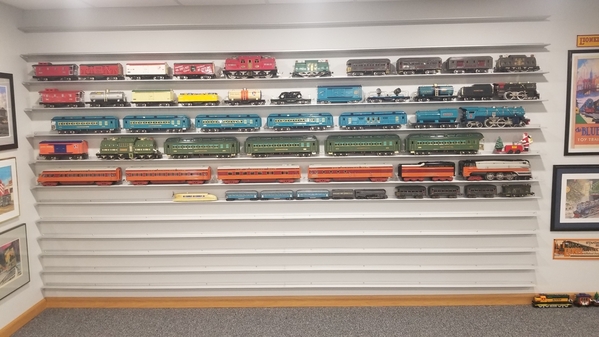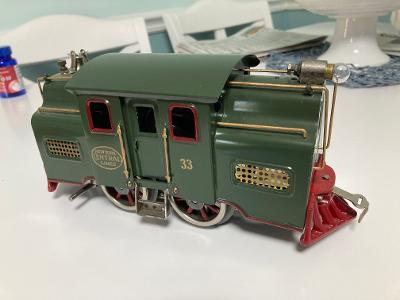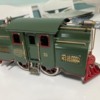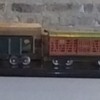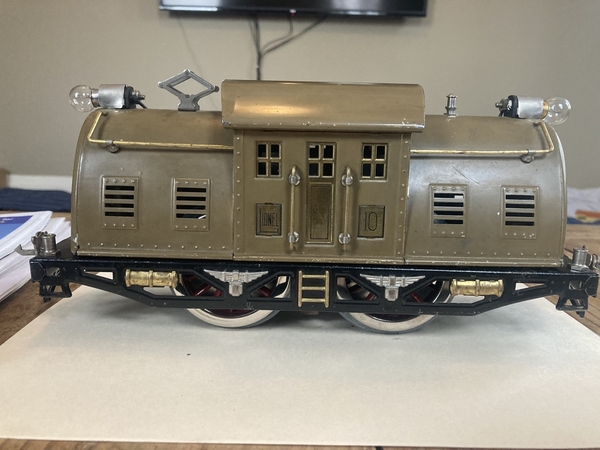Standard gauge trains are great things. This is my second time around collecting them after a 20+ year hiatus. i don't have a layout. I don't go to York. I don't belong to the TCA or a regional group. Not that I am opposed to any of the above as they are great things to do and be a part of, I just have other things going on in my life at the moment.
As a recently renewed collector, I have 9 original Lionel prewar standard gauge sets at the moment. No more, no less as of today. I don't have a layout but I occasionally set up a big oval on my floor. I have a few of these sets on display. I don't have any real shelves per se.
What I really like about these trains is that they are a glimpse into the past. A lot of original standard gauge trains are 100 year old now, or will be within the next decade or two. They are historic pieces that were played with by a child and his father during the Roaring 20s or the Great Depression. They represented a form of escapism when they were new. In today's world, I look at my few trains and they still represent escapism.
I appreciate design and color. In this roundabout as a collector, I am buying pieces that reflect my current taste.
I look at the trains I have and think about how they were once owned by a child-or maybe an adult-in a very different time in our country's history. These people-whoever they were-were very proud to own them. One of the sets I own is a 1928 408E apple green freight set. I got this from a Philadelphia estate auction. All of the original boxes have the kid's (adult's?) name written on them in big letters. That person must have been very proud to own this set. To me, that is important and I appreciate being the current caretaker.
These old standard gauge trains are great. They are colorful, visually bold, cantankerous yet functional as the day they were new. You can take one of these relics and anyone with half a brain can make them operable again and relive what the original owner experienced nearly ten decades ago. Their simplicity and their ruggedness is a virtue and tells the story of days gone by. From an esthetic standpoint, they are strong visual personas. Those that have survived can tell stories that we cannot even imagine. These trains today have gone from their original owners, to collectors, to other collectors that are more than likely deceased and now are spending their years with you and me for the moment. I like being a caretaker to the few trains I have. I assume that, at some point, some one else will be a caretaker to these historic relics and they will continue to live on. Their scratches and dents tell stories that we cannot even imagine.
Enjoy your collecting journey and be a good caretaker to these historically significant objects. When life gets you down, look at these and appreciate the fantasy they provide.





